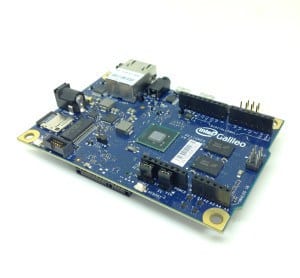
Getting started with Intel Galileo is almost like getting started with Arduino. But with a few twists.
I recently got my hands on an Intel Galileo. But it took me quite some time to get it up and running.
So I decided to write a small guide to show you exactly how I got started with my Intel Galileo.

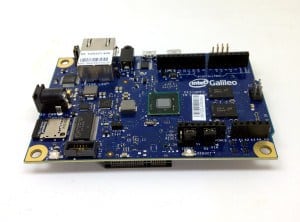
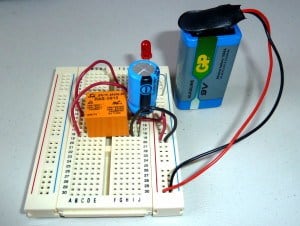

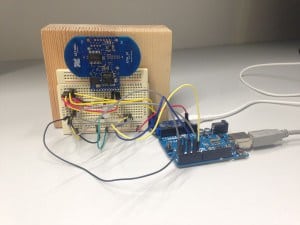




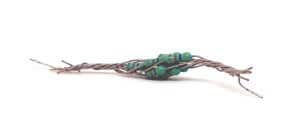

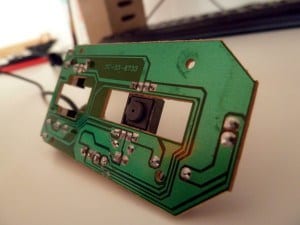
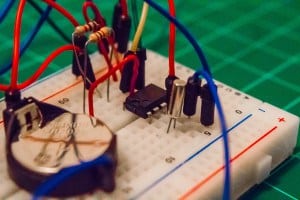

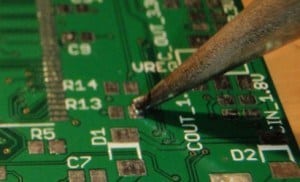

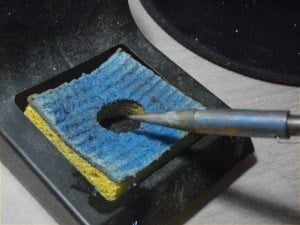
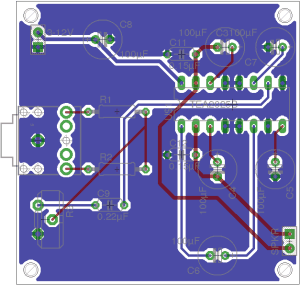
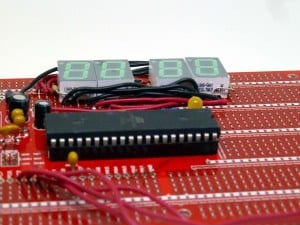
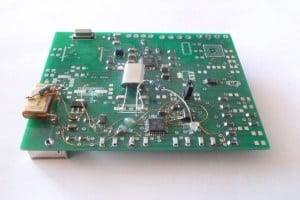
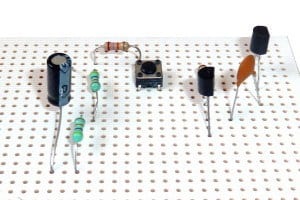
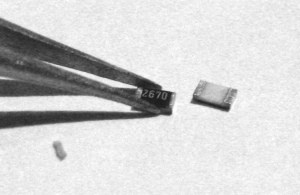
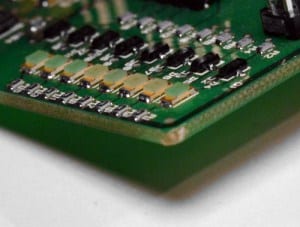 SMD components are small and kind of scary if you have never used them before. And the first time you want to solder one – you will probably start to doubt if you’re actually able to do it.
SMD components are small and kind of scary if you have never used them before. And the first time you want to solder one – you will probably start to doubt if you’re actually able to do it.